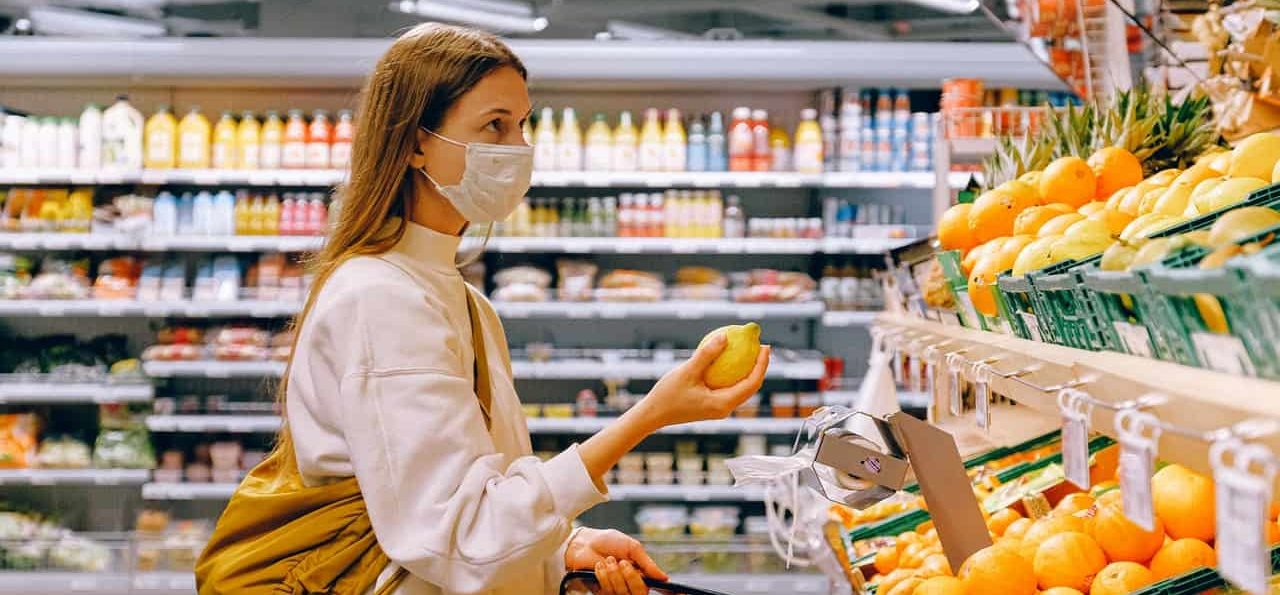
We’re In This For the Long Haul
By Ann Constantino,
Photo by Anna Shvets from Pexels
How is that adjustment going? Two weeks ago we talked about the stages of grief and a psychological condition called “adjustment disorder” in reference to the reaction to sheltering in place that we may be experiencing.
Back then, seemingly long, long ago but really just two weeks ago, it all seemed so temporary as many government officials were talking about “opening things back up” by Easter, or in two more weeks, or….fill in the blank, but there was always a sense of light at the end of the tunnel.
Hotspots of infection have sprouted up all over the US.
However, since that time exponential growth in reported cases has continued around the globe. Hotspots of infection have sprouted up all over the US and the kind of horrors we read about in Italy and Spain began to be seen in New York City, with Washington DC, Baltimore, and Philadelphia looking like the next likely centers of concentrated disease.
Other regions, states, and countries had a different trajectory, however, with Singapore, South Korea, New Zealand, Iceland, and parts of the US reporting the benefits of early sheltering in place, extensive testing and contact tracing, and widespread mask wearing.
The mask debate
The mask debate wore on and was finally settled with the CDC and numerous healthcare professionals adopting an “it’s better than nothing” policy toward all citizens wearing some kind of covering for nose and mouth whenever out among people and at many workplaces. Wearing a mask stops some cough and sneeze droplets from being broadcast–a majority, if you have the right filter material–and could protect others if you are an unwitting carrier. It is a small part of the expansive unselfishness that social distancing, business and school closures, and other lockdown measures ask of us.
The mask issue encapsulates much of the uncertain nature of understanding this pandemic. While seeing terrifying images of overwhelmed healthcare facilities, makeshift morgues, and exhausted frontline health workers, much of the United States remains unaffected directly by these traumatic scenes except in an economic regard. In a sense, many of us are masked from the horrors and so cannot see the need for a mask.
Sacrifices for the greater good
The initial novelty and “we can do this” attitude has worn off for many who doubt the efficacy of staying at home or possibly even suspect that the shelter in place and shutdown measures are a preamble to a further stripping of rights and freedoms we take for granted.
Not since World War II have Americans been asked to sacrifice so much for the good of others. At that time, with a clear enemy as understood by the general population and a will to defeat a threat to the freedoms we prized, factories were converted, women took the jobs of men who had gone to war, food was rationed and a unified nation maintained the will to continue the sacrifice for many years.
Not since World War II have Americans been asked to sacrifice so much for the good of others.
However, Covid-19 is impossible to pin down at this point. Data is being released every day and like a paint-by-numbers canvas, sections are being filled in, but a complete picture is still far away, and is disconcertingly open to interpretation by all kinds of vested interests who may or may not have anyone’s health in mind.
In the last two weeks some of the new information, which may or may not be adequately supported at this time includes: More men than women get the disease; blood type may be a factor; the much talked about ventilators do not save many lives as a majority of patients put on vents die; the virus attaches to receptors throughout the body, not just the lungs, which is why presentation can be so different from person to person; it can be helpful for a hospitalized patient to lie on their stomach; it is still unknown whether and how much immunity survivors have and so on. We don’t yet have much of a clue what kind of enemy we face.
One of the alarming stories to come out recently is that the Asian countries who jumped on this thing like they’d seen it before (because they had when SARS emerged 17 years ago) are beginning to experience a second wave of infection after effective containment of the original wave last winter. Travelers from these places to the US and Europe, where exponential growth was occurring unchecked, brought the virus home and numbers started to go up again. However, immediate re-institution of social distancing, tracing protocols, quarantining contacts of known carriers, etc, has managed to keep the new growth to a reproduction number (the number of people each victim infects) right around 1, a manageable rate for healthcare systems.
Try to remind yourself that your hardship is saving lives.
What sacrifices are we willing to make and for how long? We may get to see what happens when some governors reopen their economies to some version of the former normal. Most science points to the likelihood that the price will be high: more deaths, more exponential spread, more overwhelmed hospitals.
In Northern California it is beginning to look like flattening the curve has worked to keep healthcare workers safer and keep spread to a manageable level. It is difficult to connect the dots of having to give up so much when the effect is not tangible. Try to remind yourself that your hardship is saving lives, and that while it may not feel as though you are in a righteous battle when you sign on to yet another zoom work meeting, you are doing what is necessary to preserve our true freedoms in the long run.
Ann Constantino, submitted on behalf of the SoHum Health’s Outreach department.
Related: COVID-19, Healthcare, News, Wellness